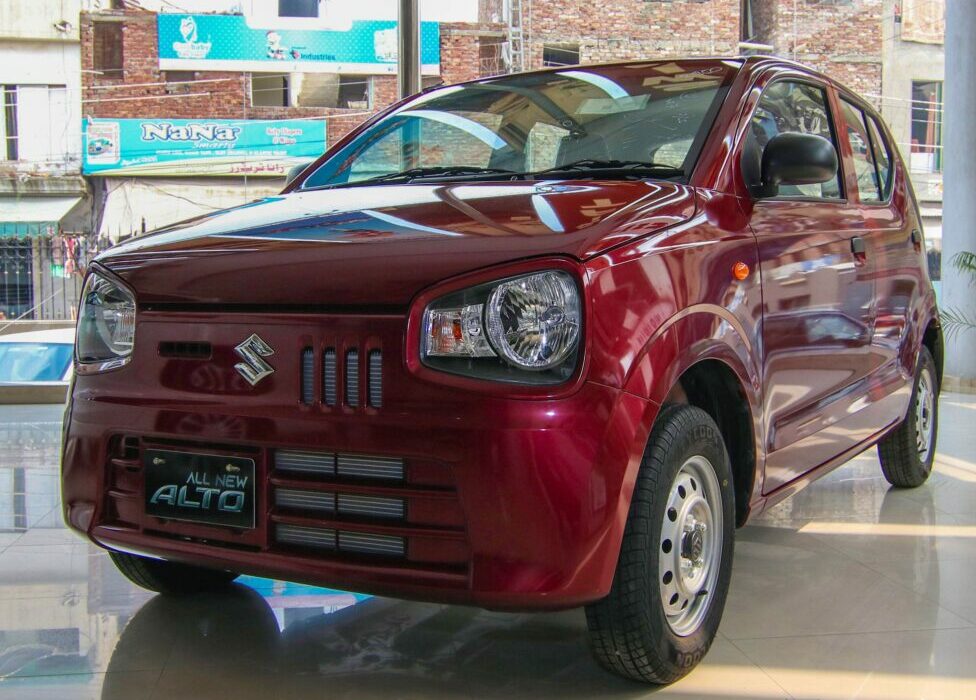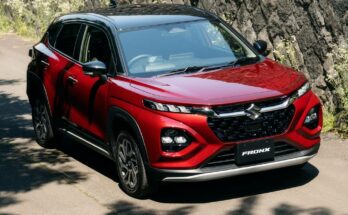Suzuki is best known for making low-budget cars mainly hatchbacks that are economical & to-the-purpose, but far from being luxurious or performance-oriented in nature. However, it made a bold move with the Kizashi mid-sized sedan which was somehow unable to fulfill the company’s dreams.
Like other parts of the world, Suzuki Kizashi failed to make an impact in Pakistan and was discontinued soon after it was introduced. So why was Suzuki’s boldest move so quickly abandoned? Let us take you through the untold story of Kizashi.
Suzuki Kizashi- The Beginning!
Suzuki stunned the auto industry in 2007 with the “Kizashi,” a risk-taking concept car shown at the Frankfurt Motor Show. It was a concept entirely out of left field for the modest, traditional, but incredibly successful Japanese company. Also unexpected was the fact that it was led by a Suzuki family member who was passionate, knowledgeable, and insightful. He was Hirotaka Ono.
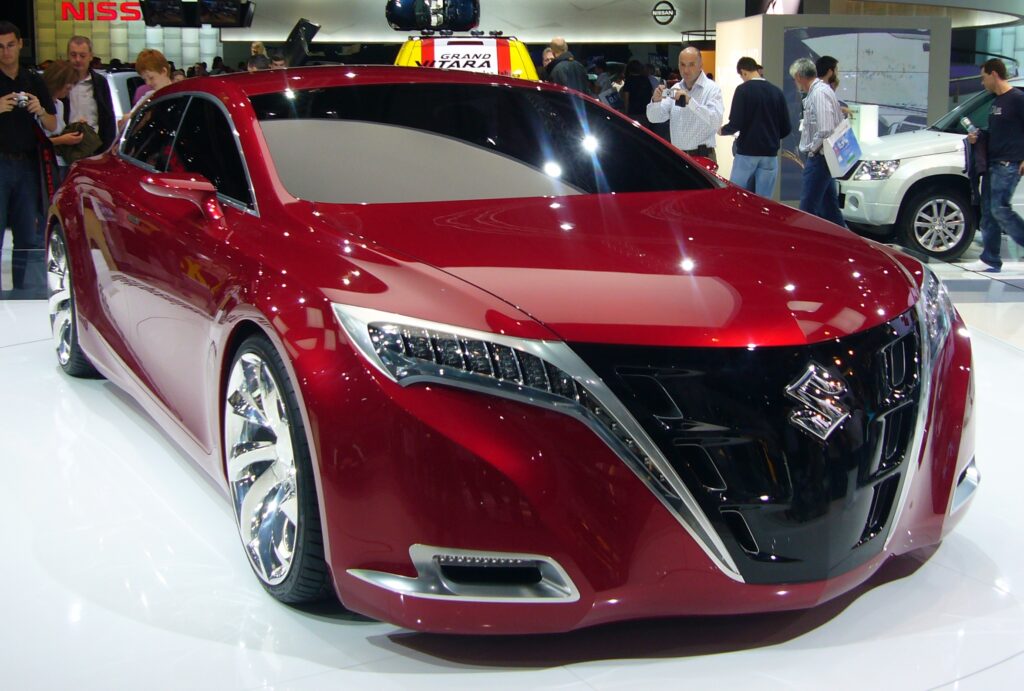
Far from nepotism, Hirotaka Ono, who married Osamu Suzuki’s daughter, joined Suzuki in 2001 after a stellar international career with the Japanese Ministry of Trade and Industry. At the helm of the company, Osamu wanted Ono to infuse the extremely traditional corporation with fresh ideas, new vigor, and fresh objectives.
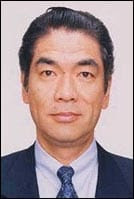
Within a year, Ono did just that by urging chief engineer Eiji Mochizuki to scrap the current product plans and start again. It was obvious that Ono’s affiliation with the inner Suzuki family gave him the influence, sense of purpose, and tenacity to forward new ideas. He also developed European test programs for all new models because he wanted to place a laser-like focus on engineering standards and quality. His ability to extend and enhance the worldwide viewpoint of Suzuki’s workforce, from designers and engineers to office clerks, was likely his most remarkable accomplishment.
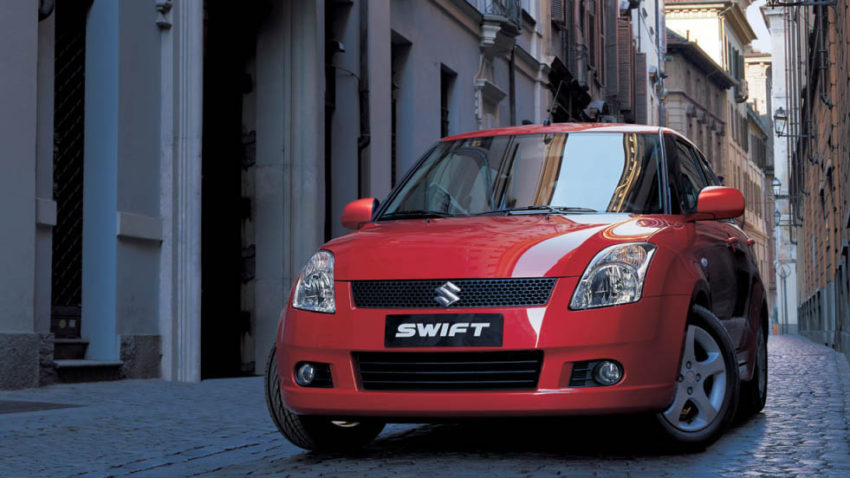
Hirotaka acknowledged that it was a risky move, but in a July 2005 interview for the British newspaper Daily Telegraph, he said that in addition to introducing and incorporating new manufacturing methods, they also succeeded in entirely revamping the product range. The automobiles that resulted from this creative and energetic infusion marked the start of Suzuki’s lengthy run of achievements. The Suzuki Swift, the brand’s undeniable long-term star, debuted in 2004. Then, in 2005, the Grand Vitara and the SX4, both created by the Italian firm Ital Design, were introduced.

In 2007, Hirotaka and Osamu engineered a successful model-sharing agreement to build the SX4 for FIAT, equip it with a FIAT diesel engine, and rename the vehicle the Sedici. Hirotaka was the main factor behind Suzuki’s decision to enter an SX4-based competitor in the World Rally Championship in 2008.
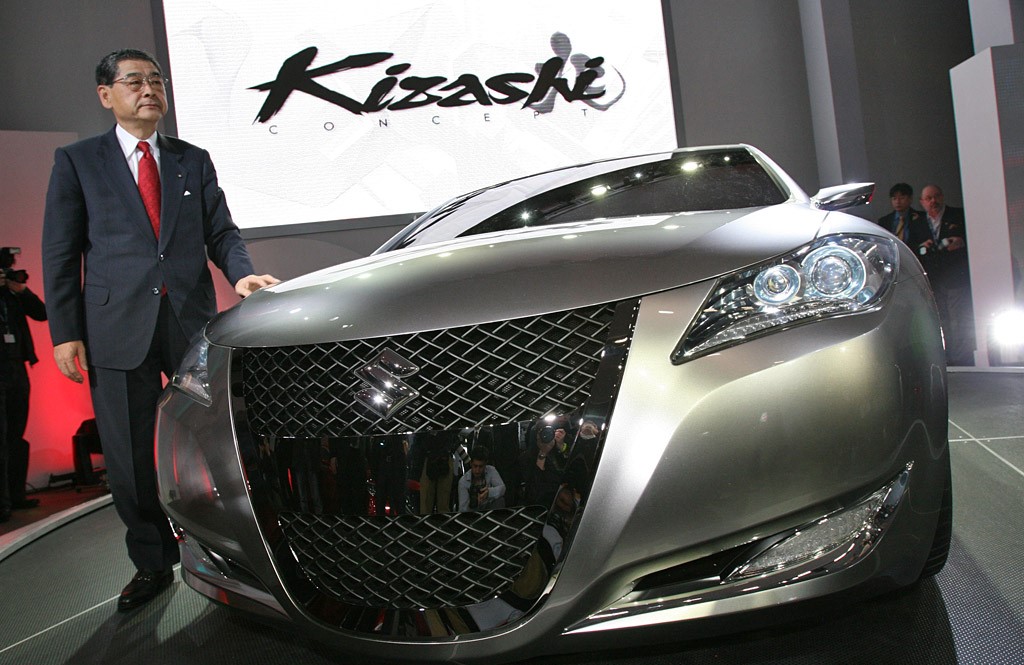
Then, in 2008, Ono pressured the company’s designers and engineers to create a new version of the original Kizashi, and the Kizashi 3 made its premiere at the New York auto show that year. Less radical than its forerunner, the most recent design paved the way for Ono’s next brilliant idea, which was to develop the Kizashi concept into an operational vehicle. For Suzuki, which had not previously participated in the compact market, it was a risky bet.
Suzuki Kizashi Debuts
At its debut in 2009, the Kizashi compact sedan received overwhelmingly positive reviews from all around the world for its innovative design, strong drivetrain, meticulous attention to detail, and uniqueness in comparison to other Japanese compact sedans.

While the auto industry admired Suzuki for his ambitious and daring decision, Ono was also delighted that the road he had helped Suzuki carve out, with ongoing support from his father-in-law, was paying off. He was even mentioned as a potential successor to the company’s then-80-year-old president.
Related: Remembering the Nissan Tiida Sedan in Pakistan
Sadly, in 2010, the drive and advancement brought on by enthusiasm, vigor, and resolve abruptly came to an end. Pancreatic cancer stole Hirotaka Ono’s life at the age of only 52. The brilliant flame that had been Suzuki’s international beacon had been extinguished.
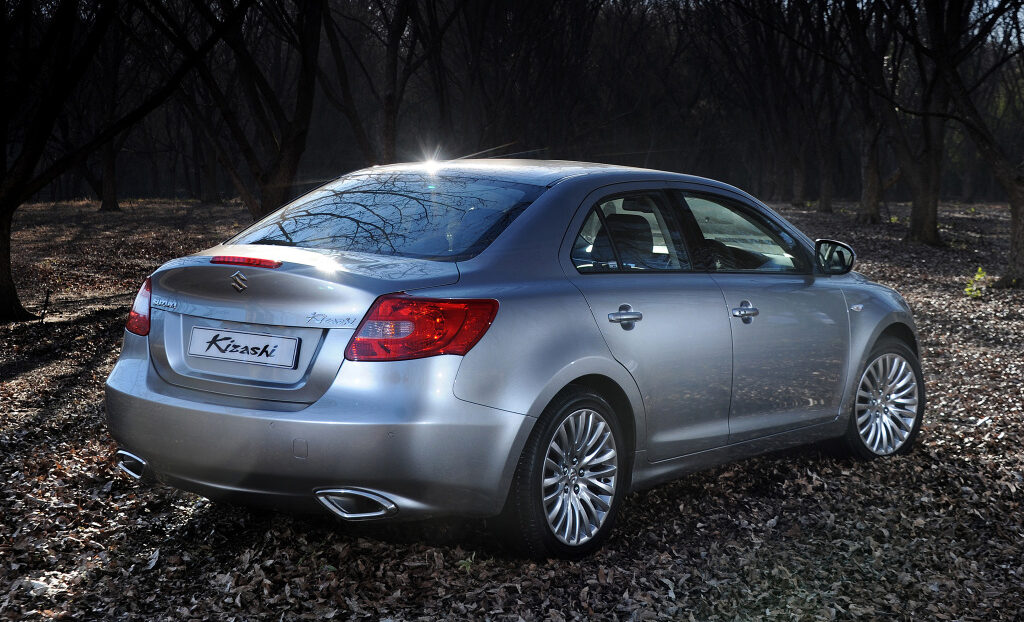
He was missed for his insight and tenacity at every level of the business. He not only provided fresh inspiration but also predicted the world financial crisis and implemented strategies at Suzuki that enabled the company to weather the storm and become a stronger business despite the troubles the world faced.
Related: Preve- When Proton Designed Its Own Cars
The Suzuki Kizashi was only produced for four years. Hirotaka Ono’s passing effectively put a stop to further Kizashi development, and Suzuki withdrew from the collapsing American market in 2012 as a result of the global financial crisis. In 2013 Suzuki formally announced discontinuing the mid-sized sedan and said there won’t be any successor of it. The final Kizashi rolled off the assembly line in Sagara, Japan in 2014, bringing to an end the brief existence of a vehicle that was motivated by and inspired by the idea of one man.
Kizashi was Unlucky
The word Kizashi in Japanese means ‘Sign of good things to come’ however for Suzuki, the car was never a successful product in terms of sales in any part of the world. Suzuki officials describe Kizashi as a ‘very unlucky car’ for the brand. Among key issues was the global perception of the Suzuki brand that is associated with low-cost economy cars, which people never really considered as worth buying a high-budget vehicle from Suzuki.
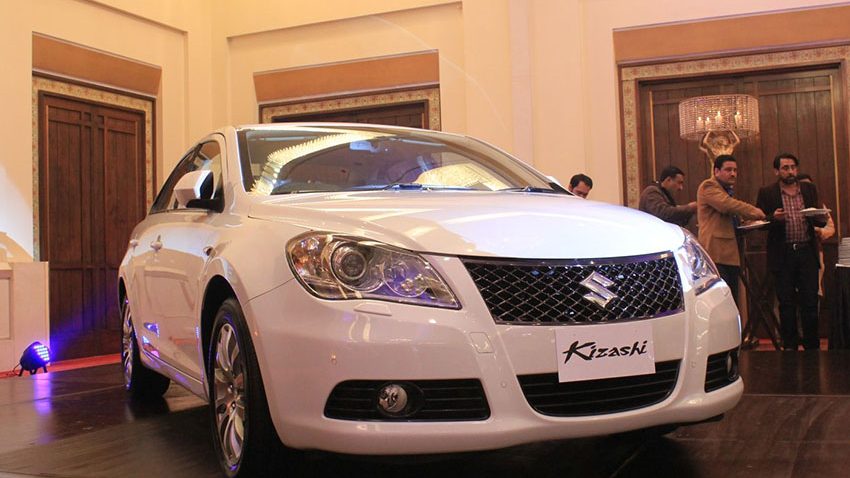
The lone engine, a 2.4-liter petrol unit was the other major issue. The likes of the Honda Accord & Toyota Camry, which Kizashi was originally designed to compete with, offered a variety of engines ranging from 2.0 to 3.5 liters, available in gasoline, diesel, and hybrid versions. Kizashi had no other powertrain option available.
Related: Pak Suzuki and the Unfortunate Kizashi
The Kizashi would have matured into a product had Hirotaka Ono been there, but it was extremely unfortunate that Suzuki did not have anybody to push it forward and make it a more competitive product.

A computer animation professional with over 23 years of industry experience having served in leading organizations, TV channels & production facilities in Pakistan. An avid car enthusiast and petrolhead with an affection to deliver quality content to help shape opinions. Formerly written for PakWheels as well as major publications including Dawn. Founder of CarSpiritPK.com

